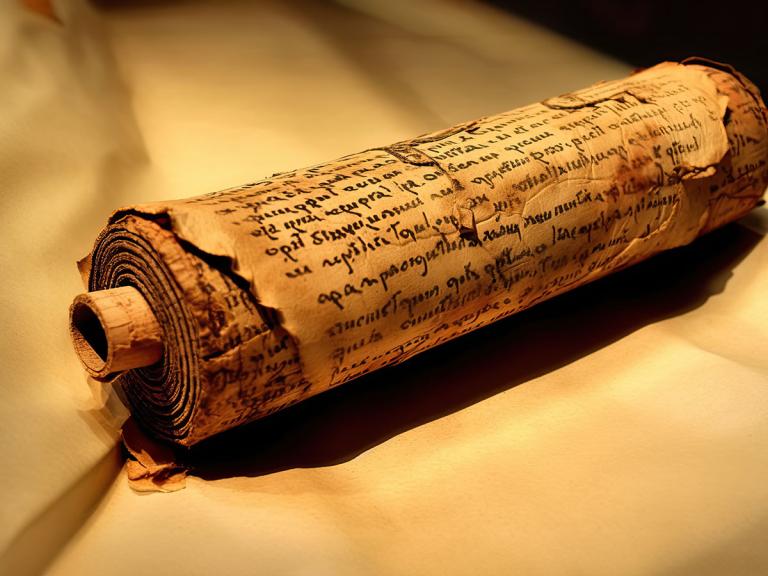
2023 was a big year of intriguing finds for archaeology that support the Bible. Here is a list of some of the finds that Beliefnet reported on this year:
Pool of Siloam
Originally found by chance in 2004, the Pool is most famous for being the site where Jesus healed a blind man in the Gospel of John. Excavations continue to discover more of the pool’s secrets, including eight steps that led into the pool itself. Johnnie Moore, president of the Congress of Christian Leaders, highlighted the find as verifying the Biblical story. “Theologically, it affirms Scripture, it affirms Scripture, and politically, it affirms Israel’s unquestionable and unrivaled link to Jerusalem. Some discoveries are theoretical. This one is undeniable. It is proof of the story of the Bible and of its people, Israel.”
Mesha Stele
Also known as the Moabite Stone, the Mesha Stele was discovered originally in 1868 by a Christian missionary. The original stone was smashed due to a disagreement, but later reassembled by a man named Charles Clemont-Ganneau. Prior to being destroyed, a paper etching was also made of the stone’s inscription. Written in the language of the Moabites, parts that had been illegible recently revealed references to “YHWH,” the Hebrew word for God and a reference to the “house of David.” David is the famous king from whose line Jesus would claim his earthly parentage. The events mentioned on the stone also coincide with events mentioned in 2 Kings 3.
1,750-year-old New Testament Translation
Medievalist Grigory Kessel of the Austrian Academy of Sciences revealed a portion of the New Testament being discovered in Old Syriac. The finding was part of a “double palimpsest,” or a manuscript that has been reused, in this case, under two layers, a common practice due to the scarcity of paper. The fragment was dated to be 1,750 years old. The text covered Matthew 12, with some minor differences noted in the wording in verse 1. The finding is significant because some scholars believe the Gospels may have been originally written in Old Syriac and not Greek, as is the popular belief. Up until this discovery, there were only two-known translations of the Bible in Old Syriac.
2,000-year-old Coin Discovered in Holy Land
A 2,000-year-old coin was discovered by the Judean Desert Survey Project in Ein Gedi. The coin dates from around 66/67 AD after the Second Temple was destroyed by Romans, as foretold by Jesus in the Gospels. The coin bears the term “the Holy Jerusalem” in ancient Hebrew in opposition to the occupying Romans of the time. The discovery is particularly important as the Israel-Hamas war rages on and questions about the legitimacy of a Jewish presence in Israel abounds. Ze’ev Orenstein, director of international affairs for the City of David Foundation in Jerusalem, previously noted that the coin is proof of the Jewish people’s longstanding presence in the region. “This discovery highlights once again the undeniable connection of the Jewish people with Jerusalem dating back thousands of years, not simply as a matter of faith, but as a matter of fact.”
